Use foot warmers and hand warmers, layer your clothing and avoid sharp shifts in temperature

For some of us, cold winter months can be bothersome, especially when the weather outside is frightful. But if you have Raynaud’s syndrome, cold weather can be particularly painful.
Advertisement
Cleveland Clinic is a non-profit academic medical center. Advertising on our site helps support our mission. We do not endorse non-Cleveland Clinic products or services. Policy
Raynaud’s causes tiny blood vessels in your fingers, toes, ears or nose to constrict during exposure to cold weather, emotional stress, anxiety and other triggers. When these blood vessels are constricted, they reduce blood supply to those areas. This, in turn, makes your skin in those areas turn white or blue. And once blood flow resumes, these areas can then redden and become extremely painful or numb and tingly.
In most cases, Raynaud’s requires a little extra attention to keep your hands and feet warm and dry during winter months. But if your Raynaud’s becomes severe enough, it can lead to ulcers or tissue injury.
“If there is such low blood flow to the tissue that it doesn’t get the necessary nutrients it needs to survive, some people can get gangrene, and the tissues of the fingertips and toes can even die,” says Benjamin Abraham, MD, a pain management specialist who treats people with severe Raynaud’s.
But is there anything you can do to quell some of your triggers? And are there treatments available that can help reduce the severity of Raynaud’s?
Dr. Abraham, along with vascular medicine specialist Meghann McCarthy, DO, share some tips to keep you warm this winter without exacerbating your Raynaud’s triggers. Plus, they cover some treatment options you may want to consider when you’re feeling left out in the cold.
Advertisement
For many people who experience Raynaud’s, attacks can be painful, but they generally pass quickly and don’t cause long-term challenges. This is called primary Raynaud’s. It’s often seen in younger women and people assigned female at birth (AFAB) — though it isn’t exactly clear why, says Dr. McCarthy.
Sometimes, the blood vessel conditions that cause Raynaud’s are the result of other underlying autoimmune conditions like:
Certain medications can also lead to blood vessel constriction that triggers Raynaud’s. If Raynaud’s is a result of this or other underlying conditions, it’s diagnosed as secondary Raynaud’s syndrome.
“More severe symptoms such as ulcers and skin sores are very rare with primary Raynaud’s but may be seen more often with secondary Raynaud’s,” notes Dr. McCarthy.
Just because you have Raynaud’s doesn’t necessarily mean you have to avoid all of your favorite cold weather activities. These tips are designed to reduce the severity and length of your Raynaud’s flare-ups by minimizing your triggers and helping you respond to triggers more quickly:
“Keeping your hands and feet warm is one of the mainstays in the management of Raynaud’s and one of the most effective ways to keep the blood vessels open,” says Dr. McCarthy. “In many cases, simple lifestyle changes and warming strategies are adequate enough to manage Raynaud’s symptoms and prevent any damage to the skin, even in the long-term.”
Beyond lifestyle changes, if you need treatment for Raynaud’s symptoms, your physician may refer you to someone who specializes in vascular medicine.
“The goal of treatment is to eliminate pain and prevent complications,” explains Dr. McCarthy.
There are several different oral medications that you can take and other topical solutions you can use on your skin to help open your narrowed blood vessels. You may hear your doctor call them calcium channel blockers, phosphodiesterase inhibitors or topical nitrates.
Still, each person’s experience with Raynaud’s is unique. What may be mild to some may end up feeling extreme for others. If your symptoms don’t respond, or if you don’t tolerate traditional treatment with medication, a pain medicine specialist may be able to offer some additional solutions that can help you manage how you’re feeling when flare-ups happen.
Advertisement
“When the usual treatments fail, we can often help,” Dr. Abraham reassures.
Some of the potential pain management options you may be offered include:
Advertisement
“While these treatments are not 100% effective for everyone,” notes Dr. Abraham, “small studies suggest they are a great option when the pain is severe and there is ongoing tissue damage.”
New research is being done every day to find new, more effective solutions for treatment-resistant Raynaud’s. If you feel your treatment options aren’t working effectively enough, or if you’re interested in other potential solutions, make an appointment with your healthcare provider who can discuss which options are available and best for your unique case.
“While many mild cases of Raynaud’s are responsive to lifestyle changes and warming techniques, we have many other treatments available to help manage symptoms in more severe or refractory cases — from topic creams to oral medications, injections and surgical procedures,” encourages Dr. McCarthy.
“There are numerous options and combinations of options that can be tailored to fit each individual’s need to provide symptomatic relief.”
Advertisement
Learn more about our editorial process.
Advertisement
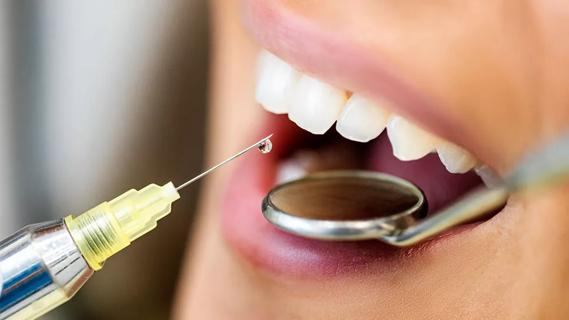
The numbness and tingling should wear off in about two hours
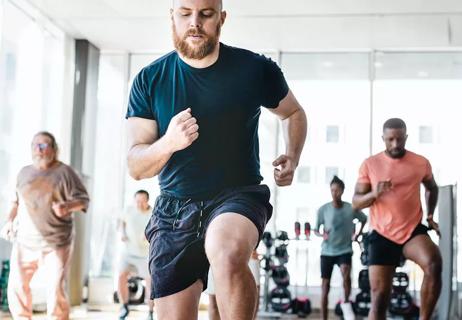
Blood flow can benefit from leg elevation and even low-impact exercise, like walking
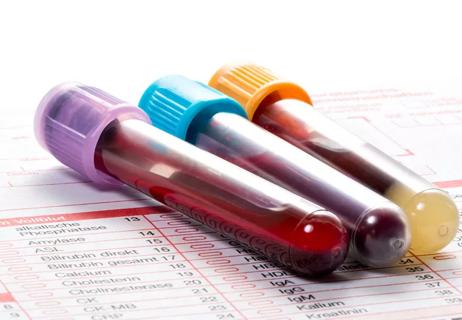
Your veins might look blue, but that’s not the color of the blood flowing inside
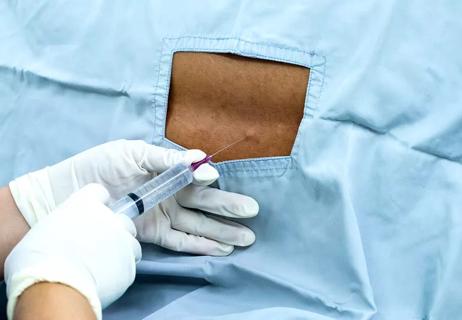
Expert insights about what to expect
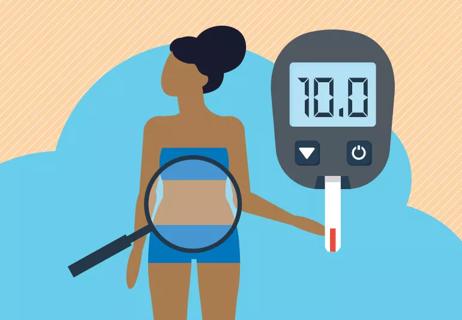
How these lifestyle changes may help restore insulin sensitivity
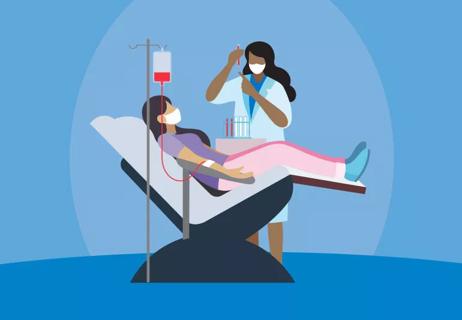
Safety protocols for donation amid coronavirus
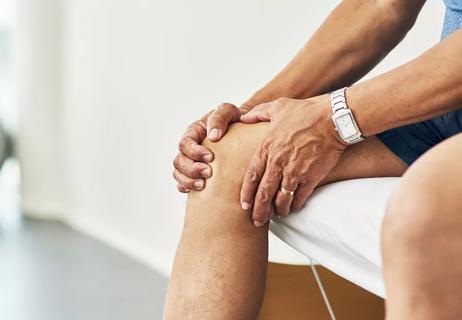
Non-surgical ways to help you function better

Most recommended precautions center around minimizing bruising or swelling

Type 2 diabetes isn’t inevitable with these dietary changes

Applying a hot or cold compress can help with pain